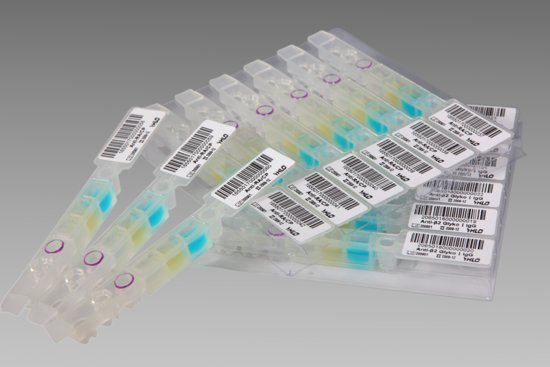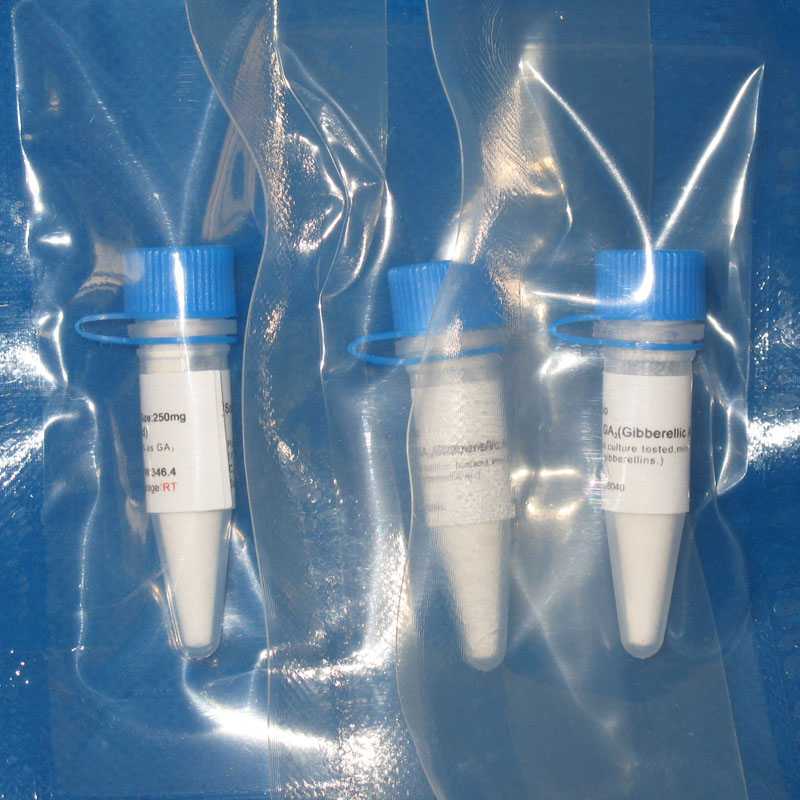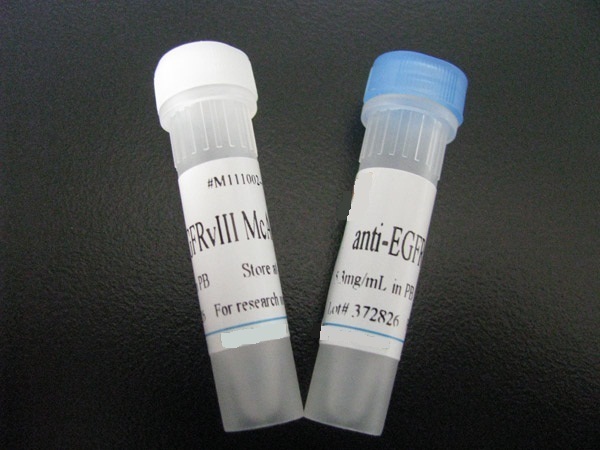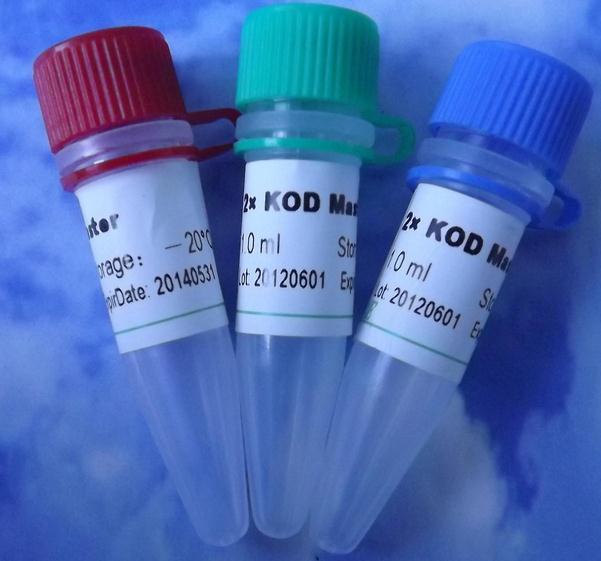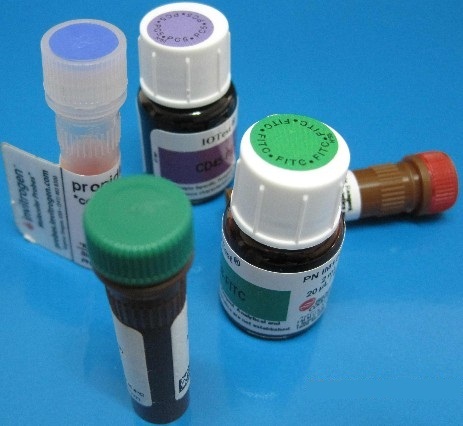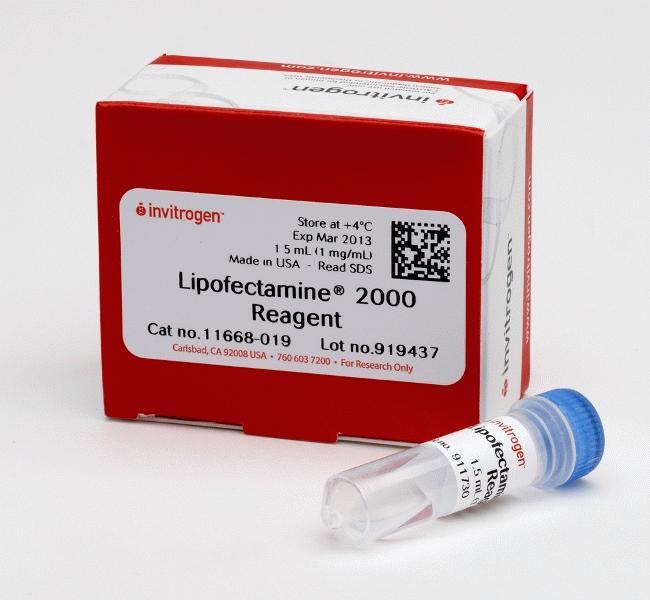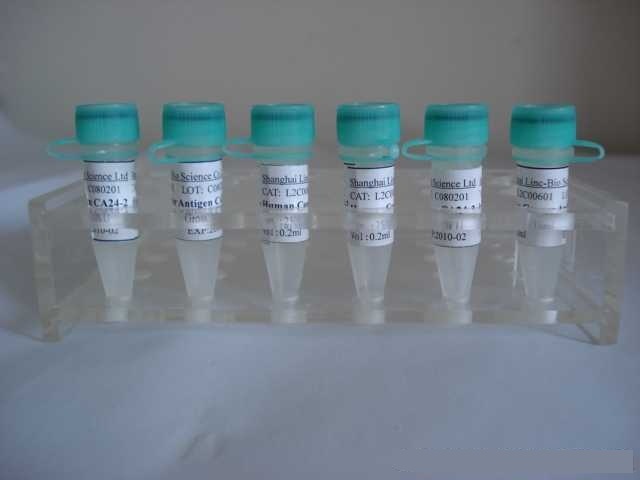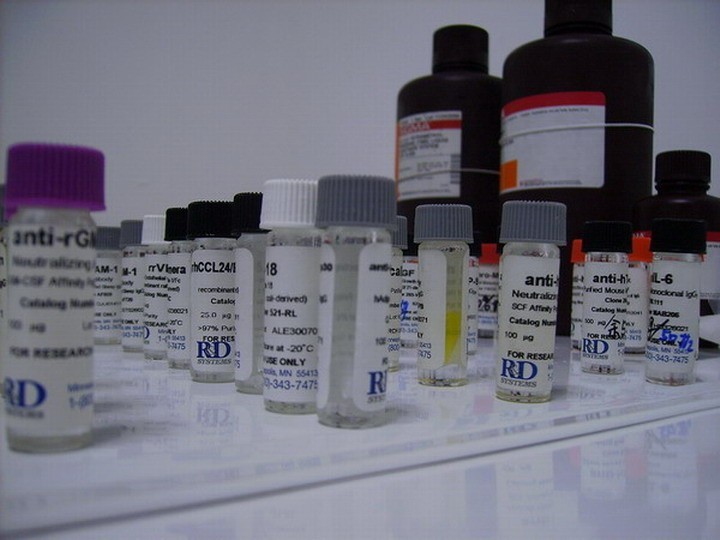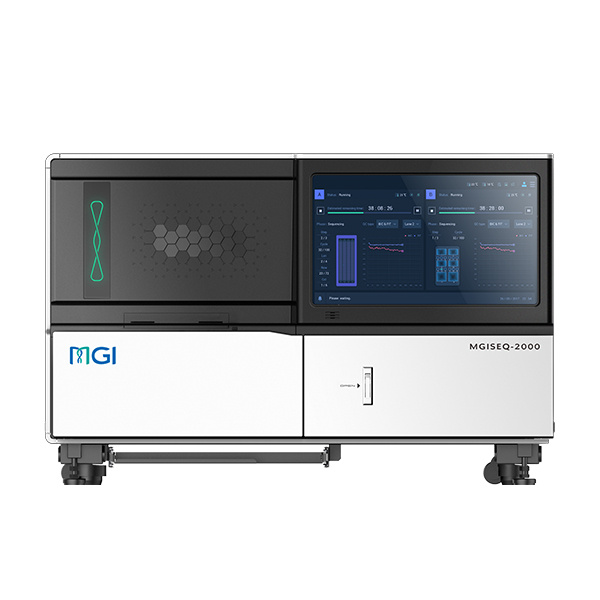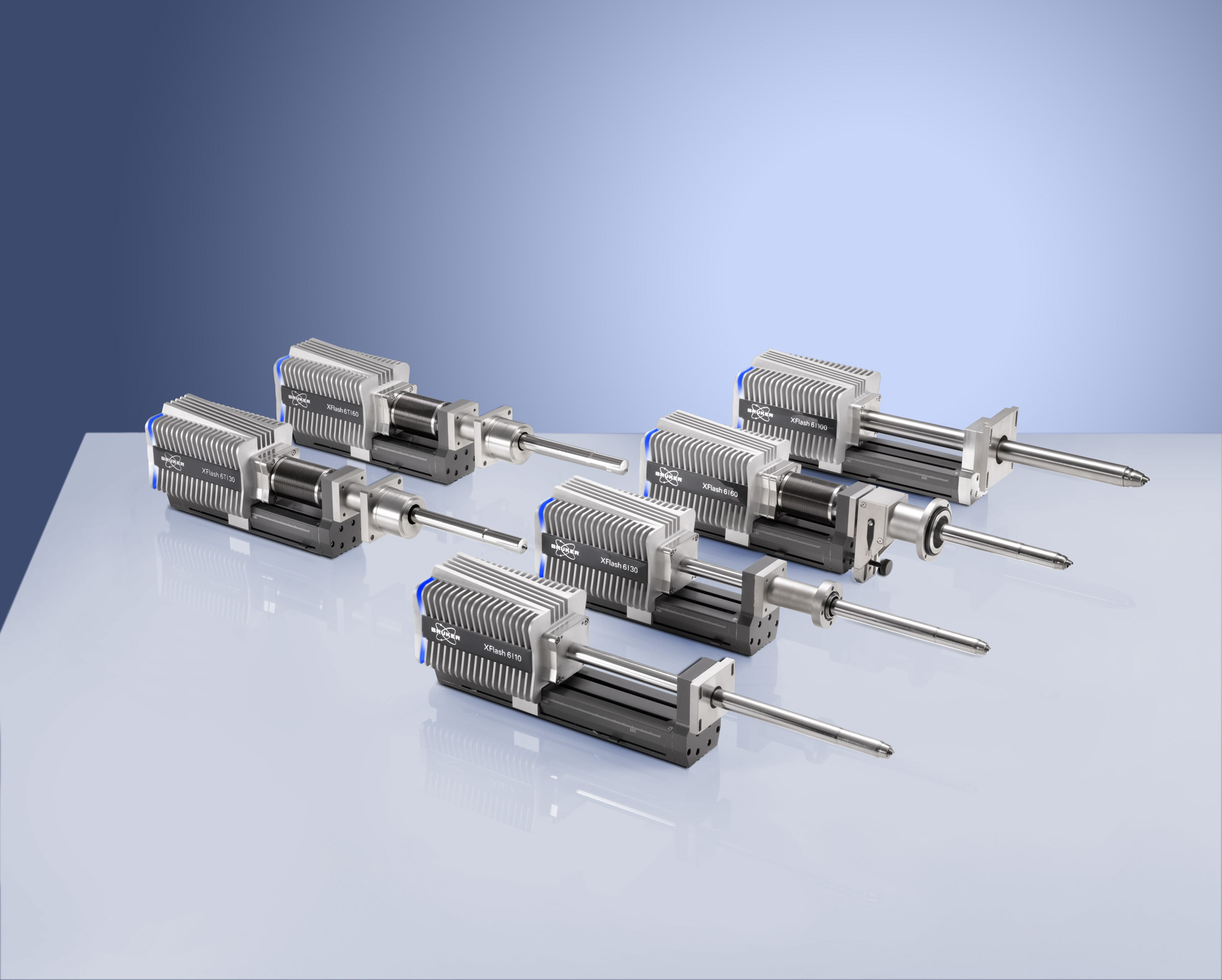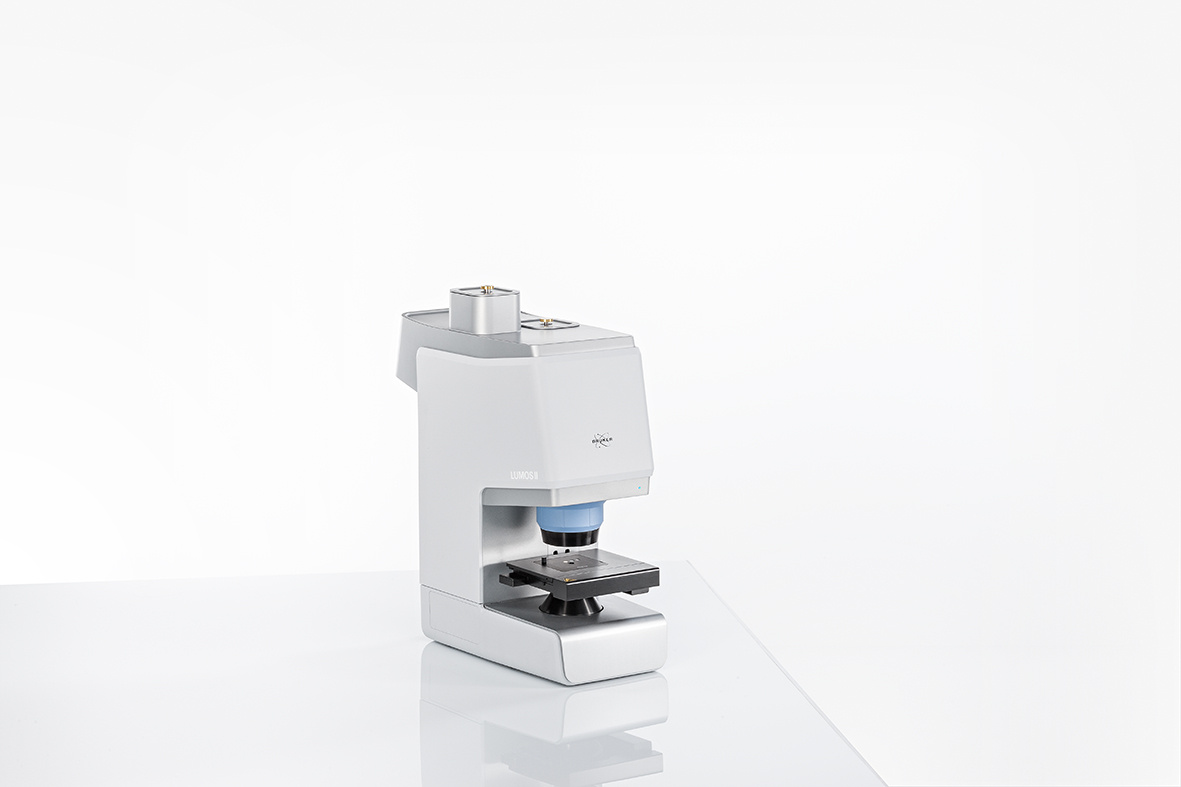英文名称 Anti-AX2R/LOC389289/ANXA2R
中文名称 膜粘连蛋白2受体抗体
别 名 Annexin 2 receptor; Annexin II receptor; AX2R; AXIIR; C5orf39; Chromosome 5 open reading frame 39; AX2R_HUMAN.
浓 度 1mg/1ml
规 格 0.2ml/200μg
抗体来源 Rabbit
克隆类型 polyclonal
交叉反应 Human
产品类型 一抗
研究领域 细胞生物 细胞凋亡 细胞膜受体 细胞膜蛋白
蛋白分子量 predicted molecular weight: 22kDa
性 状 Lyophilized or Liquid
免 疫 原 KLH conjugated synthetic peptide derived from human AX2R/LOC389289/ANXA2R
膜粘连蛋白2受体抗体亚 型 IgG
纯化方法 affinity purified by Protein A
储 存 液 Preservative: 15mM Sodium Azide, Constituents: 1% BSA, 0.01M PBS, pH 7.4
产品应用 WB=1:100-500 ELISA=1:500-1000 IHC-P=1:100-500 IHC-F=1:100-500 ICC=1:100-500 IF=1:100-500
(石蜡切片需做抗原修复)
not yet tested in other applications.
optimal dilutions/concentrations should be determined by the end user.
保存条件 Store at -20 °C for one year. Avoid repeated freeze/thaw cycles. The lyophilized antibody is stable at room temperature for at least one month and for greater than a year when kept at -20°C. When reconstituted in sterile pH 7.4 0.01M PBS or diluent of antibody the antibody is stable for at least two weeks at 2-4 °C.
Important Note This product as supplied is intended for research use only, not for use in human, therapeutic or diagnostic applications.
膜粘连蛋白2受体抗体产品介绍 ANXA2R (annexin-2 receptor), also known as AX2R or C5orf39, is a 193 amino acid protein that is widely expressed and may act as an annexin II receptor on marrow stromal cells to induce osteoclast formation. In addition, ANXA2R is highly expressed in lymphocytes and is also found in resting CD4+ and CD8+ T cells. The gene encoding ANXA2R maps to human chromosome 5, which contains 181 million base pairs and comprises nearly 6% of the human genome. Chromosome 5 is associated with Cockayne syndrome through the ERCC8 gene and familial adenomatous polyposis through the adenomatous polyposis coli (APC) tumor suppressor gene. Treacher Collins syndrome is also chromosome 5-associated and is caused by insertions or deletions within the TCOF1 gene. Deletion of the p arm of chromosome 5 leads to Cri du chat syndrome, while deletion of the q arm or of chromosome 5 altogether is common in therapy-related acute myelogenous leukemias and myelodysplastic syndrome.
Function : May act as a receptor for annexin II on marrow stromal cells to induce osteoclast formation.
Tissue Specificity : Widely expressed. Highly expressed in lymphocytes. Expressed in both resting CD4(+) and CD8(+) T-cells.
![]()



